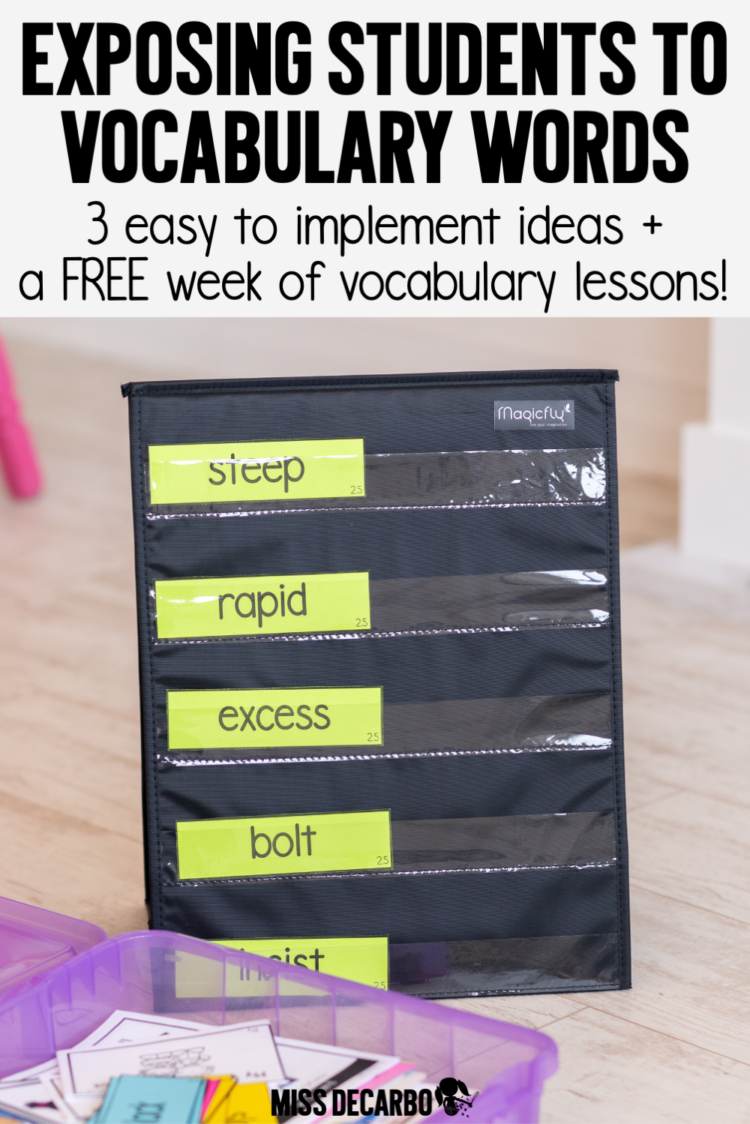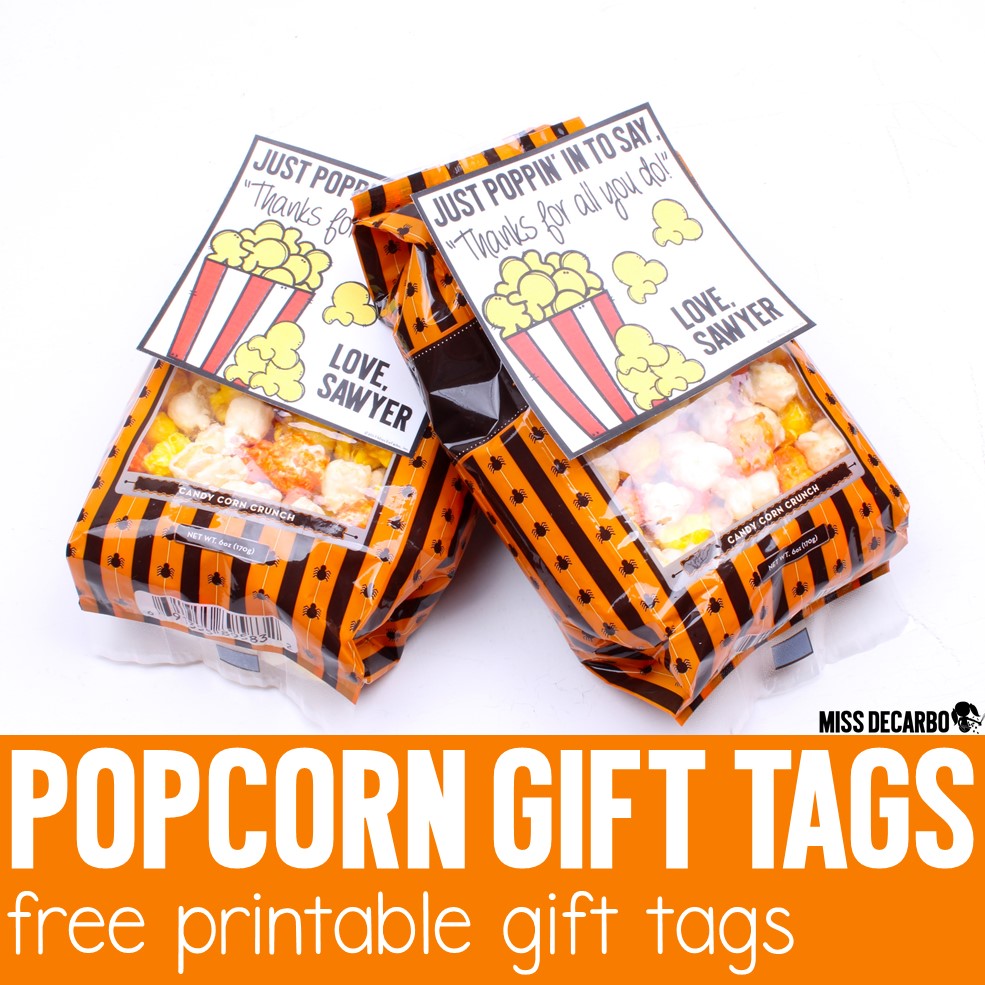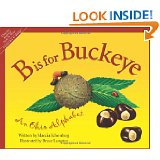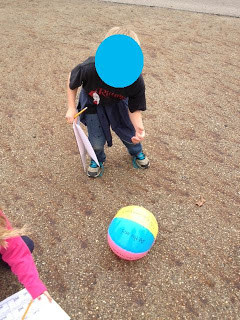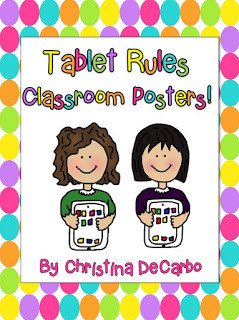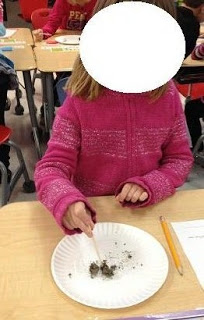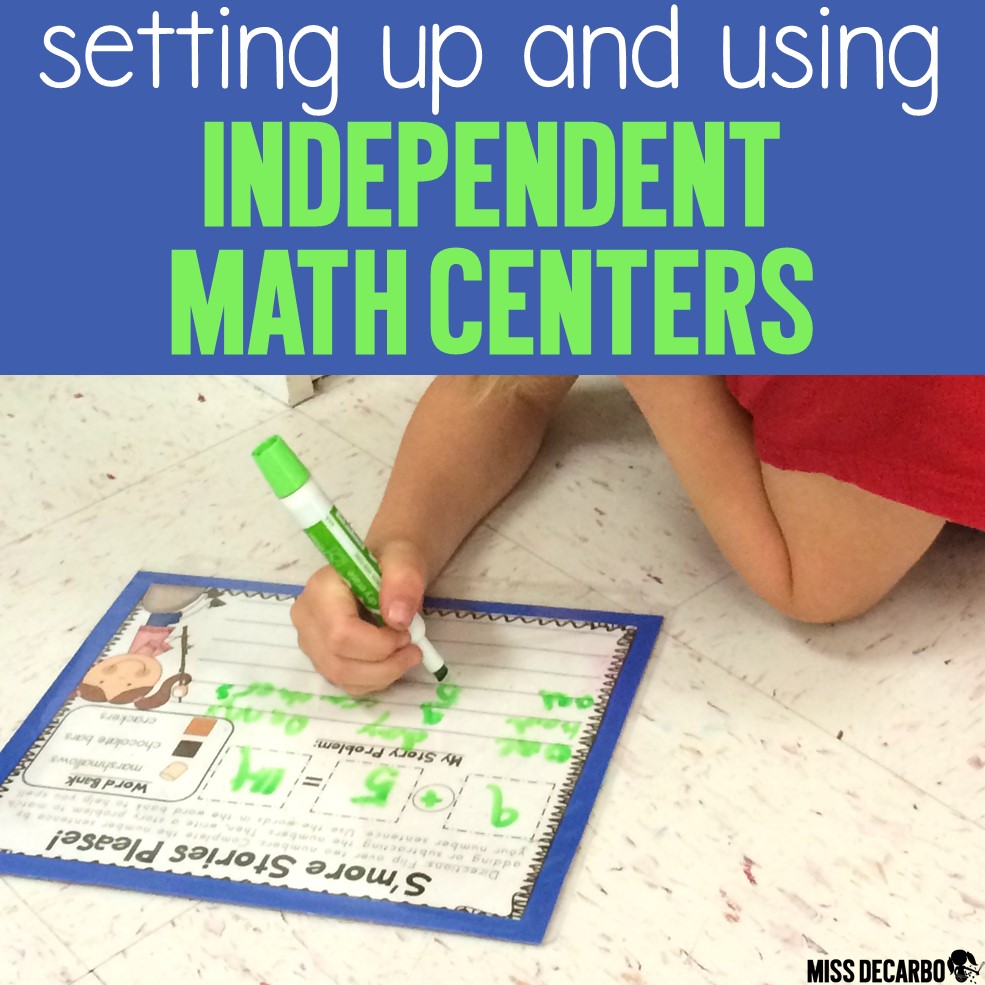3 ways to teach vocabulary words + free lesson plans!
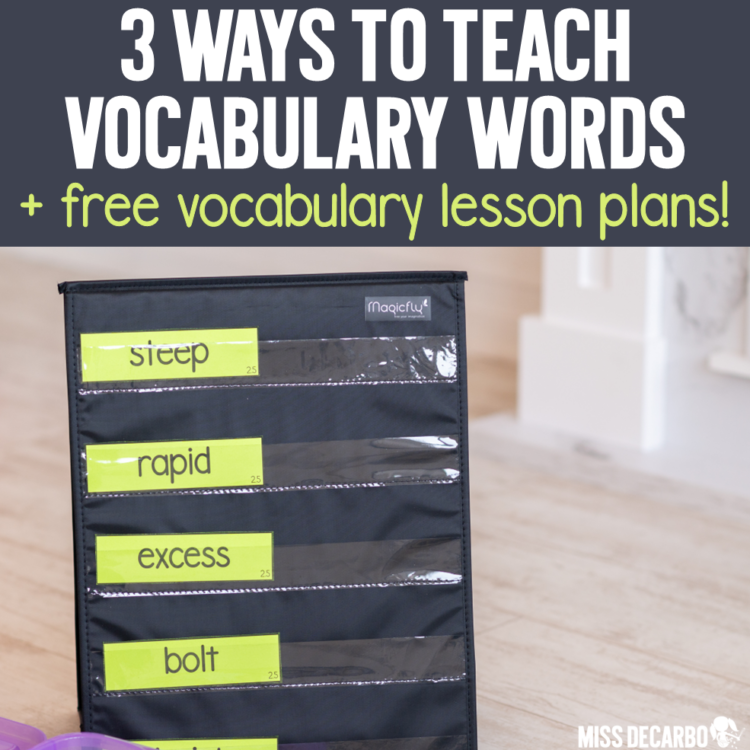
When we increase the number of vocabulary words that students know, we increase their ability to comprehend text. To truly know and own a word, students must be able to use the vocabulary words in their day-to-day conversations and within their writing pieces. So, what do we need to include in our vocabulary lesson plans when we are explicitly teaching new words to our students? (If you’re interested in learning about WHAT words to teach to students, check out the blog post that I wrote about the three tiers of vocabulary.)
exposing students to vocabulary words
Providing as much exposure as possible to the vocabulary words we are explicitly teaching students is critical. In fact, it takes students 10-12 exposures to truly “own” and know a word. Students need to see it, hear it, read it, say it, and most importantly – USE the word in multiple ways and contexts.
You’ll want to start by identifying the important Tier 2 words that you are going to teach your students. I suggest keeping your vocabulary words displayed in a pocket chart, so your students can see them and refer to them throughout the week and during your vocabulary lessons. Pocket charts also allow you to easily swap out synonym and antonym cards for various word play activities, which I’ll share below. (I use this simple black pocket chart found here on Amazon.)
Some of the best ways to expose your students to your vocabulary words is through context, connections, and word play! Here are 3 important must-haves that you want to ensure your vocabulary lesson plans include. When all three of these strategies are embedded into your weekly vocabulary instruction, students will be given multiple exposures to the words. This word exposure helps to make new vocabulary words really STICK!
teach vocabulary within context
Using the vocabulary words you have displayed, start by teaching those words in context. An easy way to do this is by taking part of a story that the words are used in, or making up your own, and displaying it in your pocket chart. Display all your vocabulary words so your students can see them. Take some time to read the story or sentences together. Asking students which word would fit into each sentence is an excellent way for them to connect what the word means to how it is used. (The familiar cloze activity is a great way to describe this instructional strategy.)
To amplify the exposure that they have to your weekly words, you can replace the sentence strips with NEW and DIFFERENT sentences the following day. Seeing how vocabulary words are used within a variety of rich contexts and scenarios helps students to understand how the words are used in everyday life.
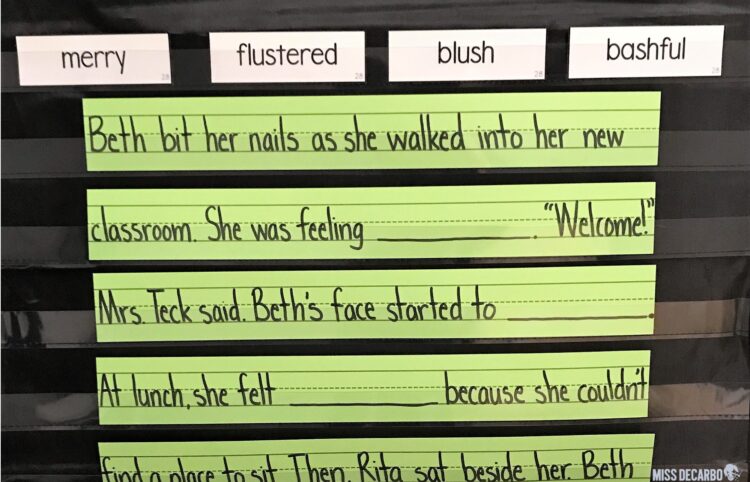
make word connections
Another easy way to expose your students to tier 2 vocabulary, is through the use of word connections. Taking the time to explain and teach the connected synonyms and antonyms of words you’re focusing on, gives students exposure to others words they may not have known. This indirect and informal vocabulary instruction increases the breadth of words that your students are exposed to.
Start by displaying the vocabulary words you are teaching for the week. Give your students the opportunity to see a sentence with a synonym or antonym in it, and talk through which vocabulary word means the same or means the opposite! You can use the exact sentences that you used when you taught your words within context! Throughout the week, be sure to use the synonyms and the weekly words interchangeably so that you once again, increase exposure.
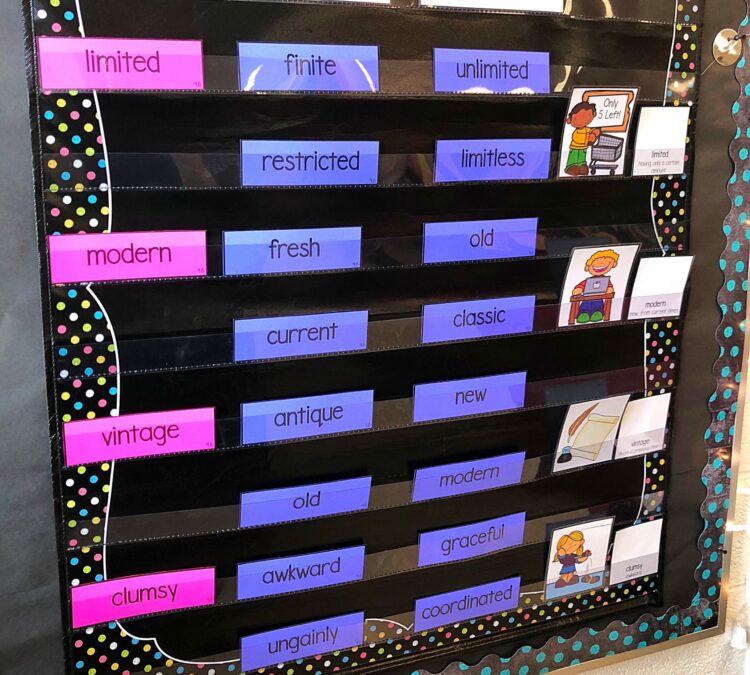
engage in word play
Another fun way to talk about vocabulary words you are focusing on is to use word play. A really FUN way to play with your words is a game called, What Word Am I?
This vocabulary activity gives students the chance to decide which of your weekly words best fits the photograph or picture! (You can use any photographs or pictures, but if you’d like pre-made, ready-to-go vocabulary games and plans, check out my full vocabulary curriculum for kindergarten, first grade, and second grade.) To make it as interactive as possible, display the pictures, and talk through each picture that the students see. Provide students with time to discuss WHY they chose each picture for each word. Then, using the vocabulary word cards, have your students match them to the pictures!
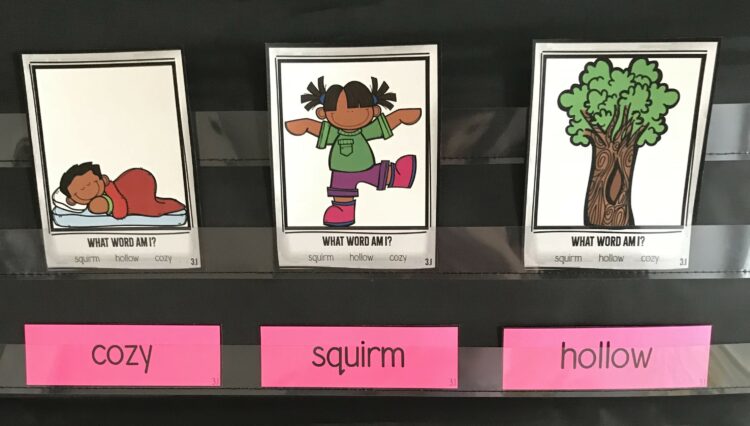
If you’d like to learn three specific word play activities, I have shared some of my favorite vocabulary word play activities here.
Applying and Assessing Vocabulary Words
Remember our goal at the beginning of this post? We want students to be able to USE vocabulary words in their everyday discussions during oral language experiences and within their writing. Regardless of the age of your students or the level of their writing, we can easily provide writing opportunities using a scaffolded approach.
A simple prompt where they could successfully use their vocabulary words and then illustrate them is a great way to check-in! The photograph below is a kindergarten version of vocabulary application. The child drew a picture and then cut and pasted the vocabulary words to match the various parts of the photograph as she answered the writing prompt. In this specific example, the child was blushing while she was on stage at a recital. She was a little bashful, but told me she felt merry (happy) at the same time! What a great example of a child who has really OWNED these vocabulary words!
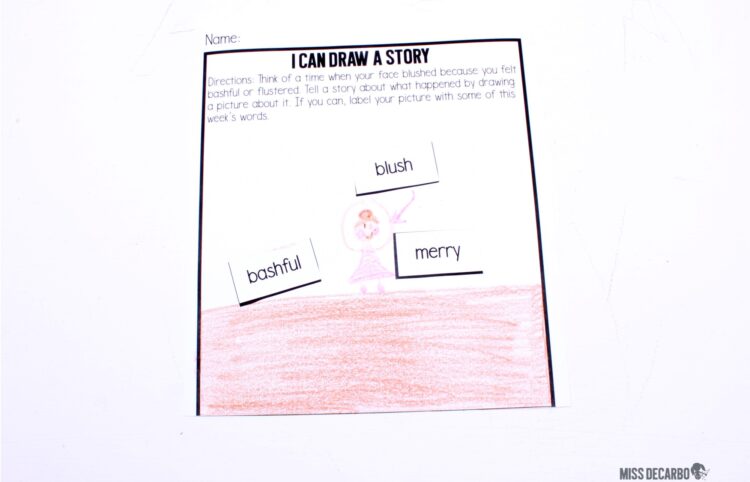
Another way to provide application of the words is by having students finish the sentence in a way that connects and relates to their own lives. Here is an example below from my first grade vocabulary curriculum:
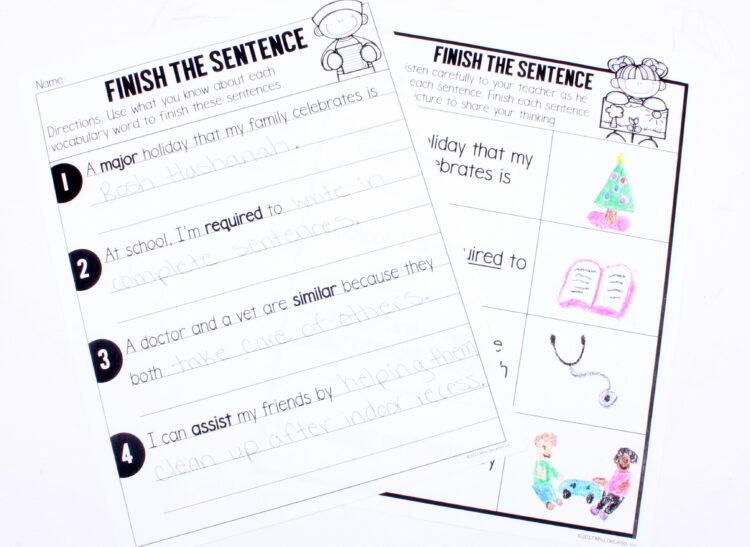
try it in your classroom for free!
You may be feeling as though you know you want to expose students to more vocabulary throughout your school week, but your plate simply cannot handle ONE more thing added to it.
I 100% understand this feeling!
You are not alone, my friend! I have spent years researching best practices in vocabulary instruction, and decided to compile my learning into an easy-to-use, ready-to-go weekly vocabulary routine that is ALREADY MADE FOR YOU! Woo-hoo! Cue the confetti! I have created vocabulary units for kindergarten, first-grade, and second-grade, that include everything you’re needing to expose your students to those tier 2 vocabulary words WITHOUT all the lesson planning.
You can try each set for FREE! With this free set, you’ll get an ENTIRE week of vocabulary activities done for you, so you can take the guesswork out of trying to figure out what words to expose to your students and how to do it, and spend more time discussing new words and having meaningful, rich conversations.
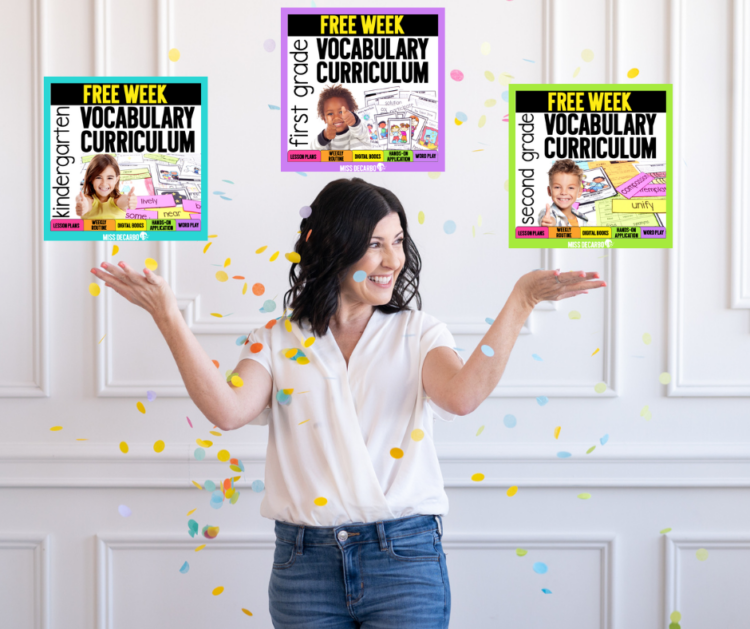
Your free week of vocabulary lessons includes everything you’d need to implement focused vocabulary instruction
- 5 tier 2 vocabulary words to focus on for the week
- A detailed lesson plan for each day and the activity to complete
- A printable reader with your vocabulary words in the story
- Synonym and antonym activity for your words
- A word play activity
- Easy to print activities for application
The free week of plans gives you everything you would possibly need for a week of focused vocabulary instruction. (You can even mix and match the activities you want to use to best fit your students’ needs! YAY for flexibility!)
You can also grab your free sets by clicking on your grade level below:
Kindergarten Free Vocabulary Week
First Grade Free Vocabulary Week
Second Grade Free Vocabulary Week
If you’re looking for more information on the importance of using vocabulary words in your classroom, check out this blog post here.
ready, set, teach!
Thank you so much for checking out my ideas on offering your students more exposure to tier 2 vocabulary words. I hope you were able to learn about the importance of multiple exposures, and grab some ideas on how you can offer this important need in your classroom. Happy teaching and get ready to embark on a journey that ignites a LOVE for WORDS within your classroom!
Feel free to pin and share this blog post with your colleagues by using the image below:
